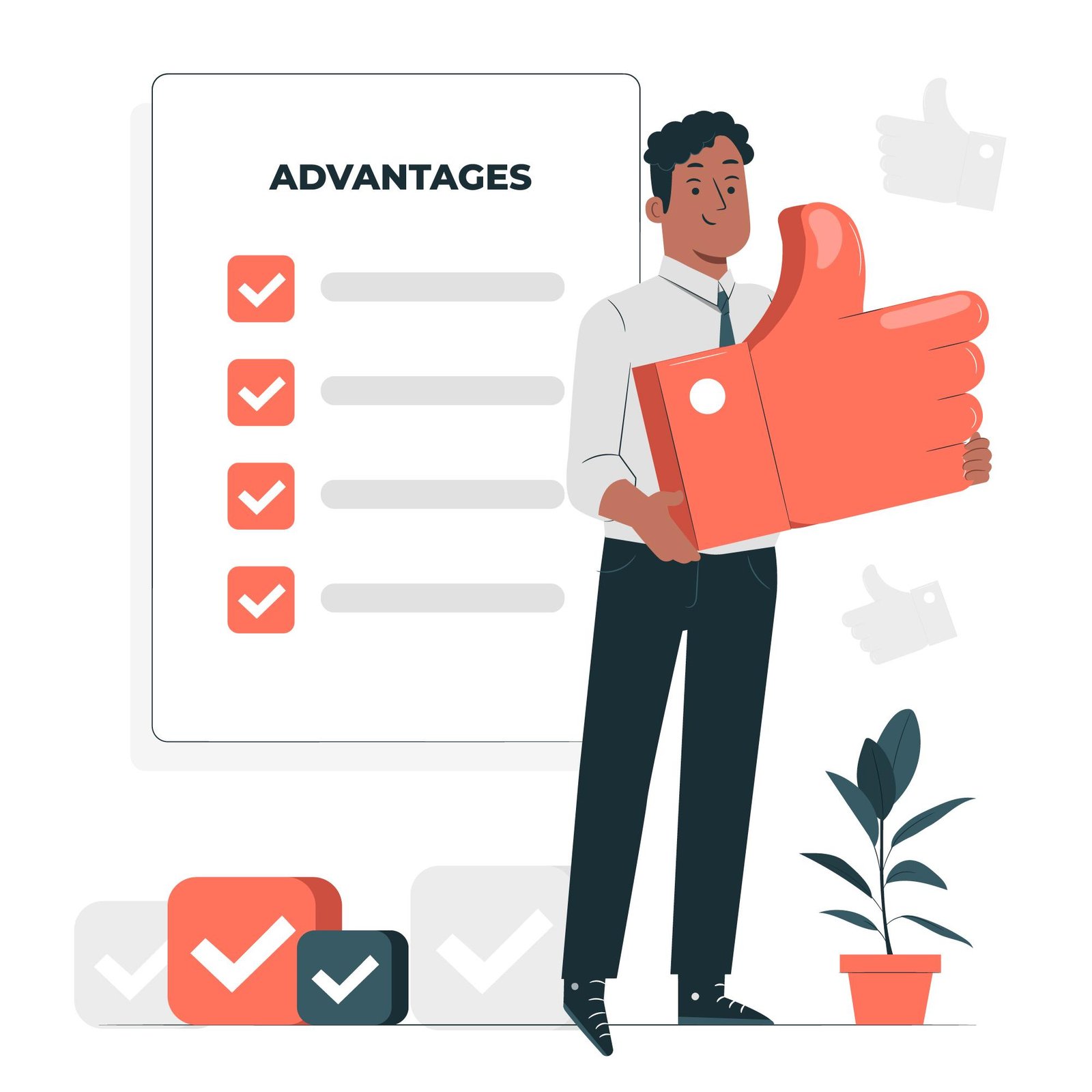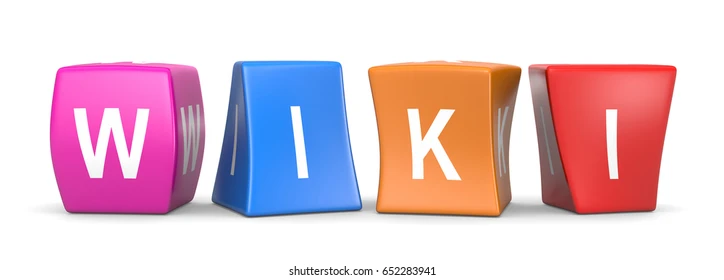Beyond the Basics: Uncovering Hidden Needs for a Powerful CPD Plan
In the realm of professional development, it’s easy to fall into the trap of focusing solely on what we already know. After all, it’s comfortable to stick with the familiar, right? However, true growth and advancement often lie in identifying and addressing our knowledge gaps – those areas where we may be lacking or could use some extra attention. But how do we uncover these hidden needs? How do we embark on a journey of self-assessment that leads to a powerful and effective Continuous Professional Development (CPD) plan? Let’s delve into the process together.
### Embrace the Journey of Self-Discovery
The first step in crafting a robust CPD plan is to embark on a journey of self-discovery. This isn’t just about listing your qualifications or ticking off boxes on a skills checklist. It’s about digging deep and assessing where you stand regarding knowledge, skills, and competencies.
### Reflect on Your Current Role and Future Aspirations
Begin by reflecting on your current role and responsibilities. What are the key skills and competencies required to excel in your field? Are there any areas where you feel less confident or competent? Additionally, consider your future aspirations. Where do you see yourself in the next few years? What skills or knowledge will you need to achieve those goals?
### Seek Feedback from Peers and Mentors
Another valuable tool in self-assessment is seeking feedback from peers and mentors. They can offer valuable insights into areas where you excel and areas where you may need improvement. Don’t be afraid to ask for constructive criticism – it’s an essential part of the learning process.
### Conduct a Skills Audit
A skills audit involves systematically assessing your current skills and competencies against the requirements of your profession or industry. Create a checklist of key skills and competencies and rate yourself honestly on each one. This will help you identify areas where you may be lacking and prioritize them in your CPD plan.
### Identify Trends and Emerging Technologies
In today’s rapidly changing world, it’s essential to stay abreast of emerging trends and technologies in your field. Take the time to research industry publications, attend conferences, and participate in webinars to stay informed about the latest developments. This will help you identify areas where you may need to acquire new skills or knowledge.
### Explore Cross-Disciplinary Learning Opportunities
Don’t limit yourself to your own field – explore cross-disciplinary learning opportunities that can broaden your horizons and enhance your skill set. For example, if you work in marketing, consider taking a course in data analytics to better understand how to leverage data-driven insights in your campaigns.
### Develop a Personalized CPD Plan
Armed with the insights gained from your self-assessment, it’s time to develop a personalized CPD plan that addresses your specific needs and goals. Break down your plan into actionable steps, setting clear objectives and timelines for each one. Remember to be realistic about what you can achieve and don’t overwhelm yourself with too many goals at once.
### Embrace Lifelong Learning
Finally, embrace the mindset of lifelong learning. The journey of professional development doesn’t end with the completion of a course or certification – it’s a continuous process of growth and improvement. Make a commitment to regularly review and update your CPD plan, adapting it to reflect changes in your career goals and industry trends.
Self-Discovery
The first step in crafting a robust CPD plan is to embark on a journey of self-discovery. This isn’t just about listing your qualifications or ticking off boxes on a skills checklist. It’s about digging deep and assessing where you stand regarding knowledge, skills, and competencies.
### Conclusion
Embarking on a journey of self-assessment to uncover hidden needs is the first step towards crafting a powerful CPD plan that will propel your career forward. By reflecting on your current role, seeking feedback from peers and mentors, conducting a skills audit, and staying informed about emerging trends, you can identify areas where you may need to acquire new skills or knowledge. Remember to develop a personalized CPD plan that addresses your specific needs and goals, and embrace the mindset of lifelong learning as you continue on your professional development journey.
Begin by reflecting on your current role and responsibilities. What are the key skills and competencies required to excel in your field? Are there any areas where you feel less confident or competent? Additionally, consider your future aspirations. Where do you see yourself in the next few years? What skills or knowledge will you need to achieve those goals?







